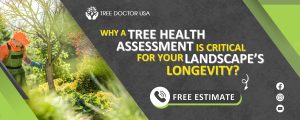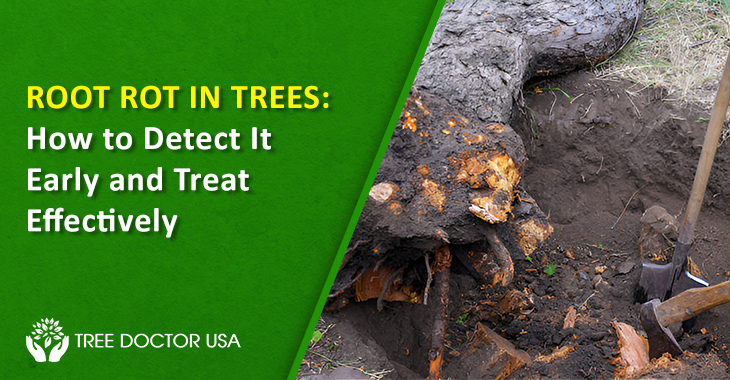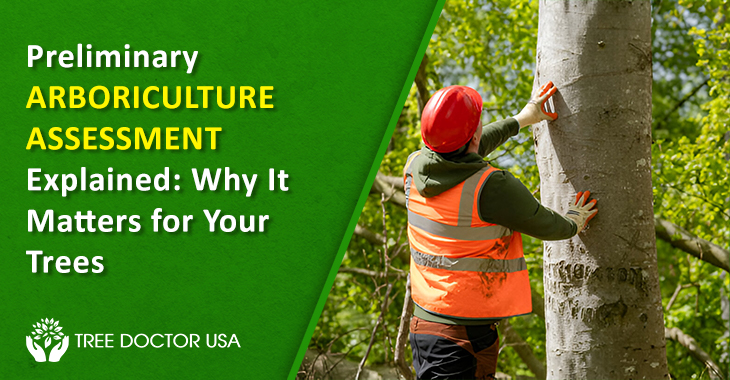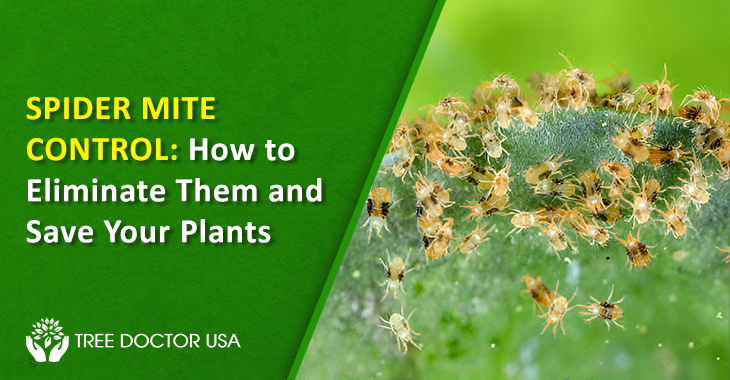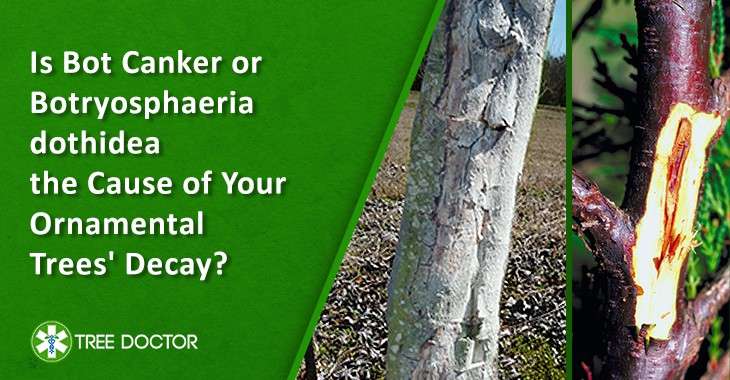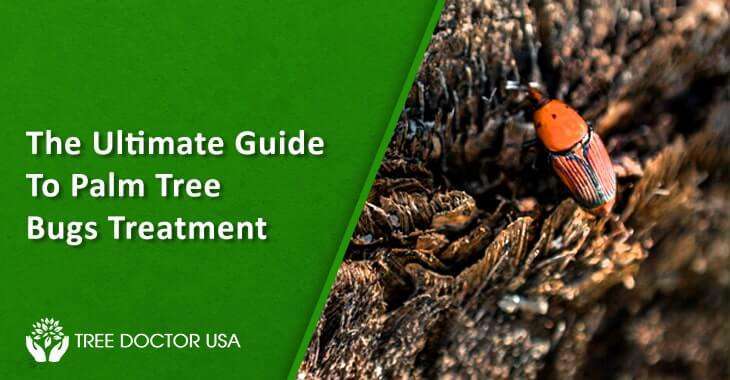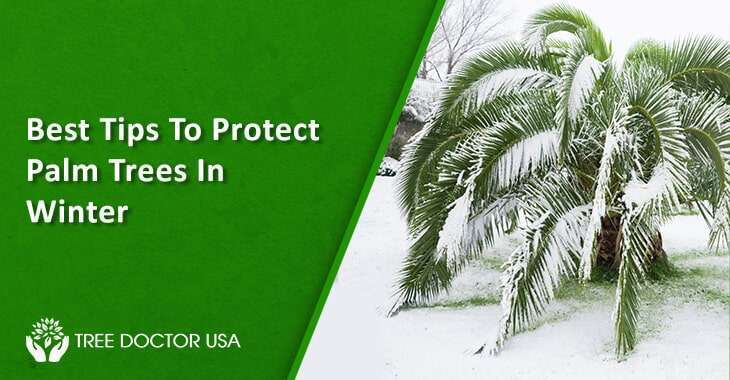Why a Tree Health Assessment is Critical for Your Landscape’s Longevity?
Sometimes, despite our best care & efforts, trees can still become unhealthy. This happens because trees can appear solid and healthy on the outside but might be weak inside, making them susceptible to diseases. To manage these risks, homeowners should perform Tree Health Assessments.
Tree health assessments are essential for older trees (over 20 years) and younger saplings. These assessments help monitor trees’ overall health, well-being and structural integrity, regardless of their species. Regular evaluations of tree health not only ensure the trees’ safety but also extend their lifespan.
Addressing These Issues Requires A Tree Health Assessment
Tree health assessment provides comprehensive care throughout a tree’s life cycle. This includes diagnosing diseases caused by insects and pests, assessing soil conditions, removing roots when necessary and consulting with experts or arborists.
Why Are Tree Heath Assessments Important?
Tree heath assessments are important for several reasons:
- Preventing Property Damage: They help spot potential hazards early, avoiding damage to buildings and other property.
- Ensuring Public Safety: They identify and manage dangerous trees to keep people safe.
- Preserving Tree Health: They catch problems early, allowing us to save and treat affected trees.
- Enhancing Aesthetic Value: They help maintain the beauty and appeal of our landscapes.
- Supporting Biodiversity: They contribute to a healthy ecosystem by ensuring the well-being of trees.
Tree Inspection Benefits
- Early Detection of Health Issues: Regular tree inspections enable arborists to identify health problems early. This may include diseases, pest infestations, nutrient deficiencies and structural issues. Early detection facilitates timely intervention and treatment, helping to prevent further damage and improving the likelihood of saving the tree.
- Ensuring Tree Safety: Trees with health problems can present serious dangers to people, property and other trees. For instance, trees weakened by diseases or pest infestations may have compromised structural integrity, increasing the likelihood of falling or shedding branches during storms or high winds. Regular tree inspections help identify these potential hazards, enabling the implementation of appropriate measures like pruning or removing dangerous trees to mitigate the risks.
- Safeguarding Your Trees: Trees are important assets for any property, offering shade, beauty and environmental benefits. Regularly inspecting your trees helps you catch health issues early, preventing serious damage or loss. This proactive approach extends the life of your trees, ensuring they continue to offer their many benefits for years.
- Preventing Tree Decline: Trees can show signs of poor health, like yellow leaves, a thinning canopy, or slow growth. Regular tree inspections help arborists spot these issues and find their causes, such as lack of nutrients, compacted soil or root problems. Timely care, including fertilizing, aerating the soil or treating the root zone can prevent further decline and help trees recover.
- Maintaining Landscape Health: Trees are vital to the landscape’s health, affecting other plants, animals and microorganisms. Regular tree inspections can catch health problems early, preventing them from spreading to nearby trees and plants. This helps maintain the entire landscape’s health and prevents a chain reaction of declining health.
- Supporting Tree Conservation Efforts: Trees are essential for environmental conservation, as they absorb carbon, enhance air and water quality and provide habitats for wildlife. Regular tree inspections support conservation by detecting and addressing health issues that could threaten trees’ survival and well-being.
What Does Professional Tree Health Assessment Include?
- Root Health Assessment: Common side effects of root problems are often mistaken for mineral deficiencies. Many dead roots result from improper water and mineral availability. Root disease symptoms include small, yellowing leaves, slowed growth, tufted leaves at branch ends and branch dieback. Additionally, fungal fruiting bodies (such as mushrooms) at the tree’s base, along with white fungal growth under the bark, indicate root disease. A direct assessment can confirm an infection. Carefully examine the roots by removing a small section of bark. A brown color under the bark indicates a dead root, while a healthy root typically appears white or light-coloured.
- Bark Health Assessment: One of the easiest ways to spot a sick tree is by looking at its bark. If you see fungi with white or dark spots on the bark, it’s a clear sign that your tree needs to be checked by an expert. Other signs of an unhealthy tree included bark that is cracking, peeling, crumbling, weak or unusually soft.
- Leaf Colour & Appearance: Sometimes, a tree’s leaves can change color, indicating a problem. Discoloration or unusual appearance of the leaves can reveal plant diseases. If a plant is infected, you might see brown spots on the leaves. As the disease progresses, these spots can turn yellow, cause the leaves to wither, and eventually die. Regular tree health assessments are necessary to prevent major damage.
- Soil Health: The quality of soil directly impacts a tree’s well-being, serving as its main foundation. Changes in soil composition can be significant, prompting experts to carefully evaluate its texture, color, formation of crust, water retention capacity and levels of organic matter to ensure the tree’s vitality.
- Mushroom Health: When observing mushroom growth, the presence of yellow to brown lesions along their edges could indicate a bacterial infection. To safeguard against such contamination, thorough assessments are essential to maintain the health of mushroom populations.
- Mulching Benefits: Applying mulch conserves soil moisture and enriches its nutrient profile. Additionally, it aids in preventing soil erosion and eliminating residues of pesticides or fungicides, promoting overall soil health.
- Assessment of Pests and Fungi: Fungal attacks pose a significant threat to tree ailments. Trees are vulnerable to damage from pests & insects, particularly those carrying airborne spores that can spread from one host to another. These pathogens can infiltrate the root system if left unchecked, leading to tree mortality.
The signs & symptoms of a fungal infection include the formation of white substances upon the tree’s bark damage or the presence of mushroom-like fruiting bodies known as conks.
Proper tree heath assessments and interventions are crucial to mitigate the spread of disease and preserve tree health.
All these evaluations are included in a comprehensive tree health assessment. If any signs of disease are detected, you should seek professional tree health management services.
How To Do A Proper Health Assessment?
Evaluating the health of trees is the best approach to address tree healthcare issues. This involves thoroughly inspecting all parts of the tree. It’s especially important to focus on valuable trees, such as oak trees, found on business properties. Trees take a long time to grow, so we need to care for those that will soon bloom. If there are any signs of damage or decay, it can negatively affect their growth.
Maintaining tree health ensures their safety by effectively managing issues like infected or dead branches. This involves comprehensive assessments of all tree parts, including branches, canopy, leaves and roots. Any signs or symptoms indicating potential danger are carefully identified and addressed.
- Poor or diminishing canopy
- Infected, dead, or broken branches
- Rotted roots
- Unsteady or frail branches
- Breaks in stems
- Parasite development
- Breaks or hurling of soil
Trees in hidden areas should be checked yearly or twice yearly to find any problems or signs of danger. This checking is important to ensure bad weather doesn’t weaken or harm the trees. To do this effectively, it’s crucial to have a detailed plan for screening and inspecting. This helps ensure that any necessary treatments for the trees’ health are done accurately.
Unveil Concealed Signs Of Deteriorating Health
If your tree maintenance is top-notch, any tree health problems are likely due to bugs or pests. Signs of these invaders include:
- Seeing bugs on the tree.
- Fruit trees do not produce fruit or flowers.
- Leaves are looking twisted.
- The bark has holes.
- Branches are growing irregularly.
- Evergreens are leaking sap excessively.
Another sign of a tree getting sick is when its leaves and stems become floppy and limp. If this happens, first, check your watering habits. Are you watering too much or too little? Also, consider if your tree is getting too much sunlight.
Wrapping Up
Trees and plants play a vital role in protecting our planet. Since they can’t communicate their needs like humans, we must take care of them. When we notice any unusual changes in trees, it’s important to take action to maintain their health.
Arborists and tree experts at Tree Doctor USA look for signs of poor tree health to prevent negative outcomes. We conduct thorough assessment programs to identify and address any issues. This involves creating personalized tree and plant care plans, including effective treatment options.
By following tree health assessment procedures, our experts can determine the overall health of your trees. We’ll then provide the necessary solutions to ensure your trees and plants remain healthy, strong and beautiful in your yard or garden.


